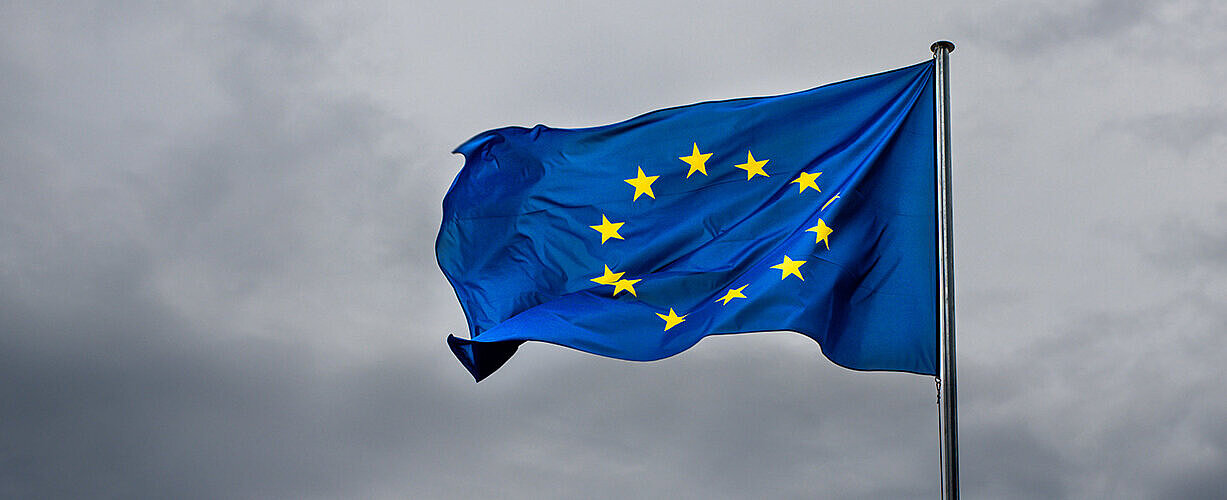New EUIPO Report: European Manufacturers of Clothing, Cosmetics and Toys Suffer High Financial Losses Due to Counterfeiting

Clothing, footwear, cosmetics, and toys are frequently included on consumers' wish lists during the holidays and during the current sales period. However, despite the fact that these consumer goods generate a turnover of hundreds of billions of euros in the European Union annually, they are also highly susceptible to counterfeiting, which not only results in health and safety concerns for consumers, but also has economic consequences. The annual sales of fake goods in these sectors amount to €16 billion, resulting in the loss of nearly 200,000 jobs in the legitimate sector.
These findings are derived from a study released by the European Union Intellectual Property Office (EUIPO) that examines the economic impact of counterfeiting on the apparel, cosmetics, and toy industries.
What financial losses are EU businesses incurring due to counterfeiting?
Based on data from the years 2018-2021, the EUIPO study revealed that sales of legitimate clothing and footwear, cosmetics, and toys incurred annual losses of €12 billion, €3 billion, and €1 billion, respectively. The biggest losses in these sectors came from Germany, France, Italy, Spain, and Austria, with nearly $8 billion in reduced sales of genuine goods.
Some countries are more affected by knock-off goods than others, with significant differences in the types of goods. The toy industry is particularly vulnerable to counterfeit goods; the report indicates that, across the EU, the sector experiences an average loss of 8.7%, with double-digit percentages in more than half of EU nations. Malta (16.2 %), Croatia (14.2 %), Cyprus (14.1 %), Hungary (13.7%) and Slovenia (13.1 %) are five countries where toy sales are most susceptible to counterfeit goods. With a loss of 334 million euros, Germany is the nation most adversely affected by counterfeit toys, accounting for one-third of all lost sales in the toy sector across the European Union.
The clothing and footwear industry, the largest sector the study analyzed in terms of sales, recorded a loss of around 5 % in Europe, with Cyprus (10.7 %), Ireland (10.2 %), Luxembourg (9.2 %), Lithuania (9.1 %) and Estonia (8.7 %).
Out of the three industries examined, the cosmetic industry exhibited the least adverse effects from counterfeit merchandise. The EUIPO report found losses amounting to slightly less than 5 % of total sales in the EU. The French cosmetics industry is the most affected, with annual lost sales of €800 million. Furthermore, the report recorded high losses in Bulgaria (8.7 %), Cyprus (7.9 %), Romania (7.9 %), Portugal (7.7 %) and Hungary (7.6 %).
What other consequences apart from financial losses does counterfeiting have?
In addition to the financial losses, the report identifies that counterfeiting in the cosmetics and toys industries, in particular, can pose significant health and safety hazards for consumers. A 2022 EUIPO threat assessment of IP crime shows that potentially harmful products account for 15% of counterfeit goods seized at the EU's external borders.
The EUIPO’s study of sales trends in these three sectors highlights the scale of counterfeiting for legitimate businesses, which suffer from decreased sales and, as a direct consequence, employ fewer people.
According to the EUIPO study, which is based on data from 2018 to 2021, 160,000 jobs will be lost in the clothing sector, 32,000 in the cosmetics sector and 3,600 employees in the toy sector. The report shows that Germany, the EU's largest consumer market, loses out on nearly 45,000 jobs. Other large countries experience losses in their clothing, cosmetics and toy sectors including Italy (24,241), Poland (18,244), Spain (15,044) and France (14,427).
"Counterfeit goods have real costs – for consumers, for brands and for our economies. This latest study shows the very real costs when it comes to lost revenue and jobs in the EU."
João Negrão, Executive Director of the EUIPO
Why do consumers purchase counterfeit goods?
The primary reason why consumers opt for counterfeit goods is the perception that the original product's price is excessively high. According to a study conducted by the EUIPO in June 2023, one third of Europeans consider it acceptable to buy counterfeit products. Among young people, this proportion rises to half.
How can you combat counterfeiting in these industries?
SCRIBOS specializes in the development and manufacturing of innovative and effective anti-counterfeiting solutions that can be combined with our cutting-edge digital platform SCRIBOS 360. We have three categories of solutions to choose from: security labels, printed security solutions and security sealings. These effective brand protection solutions give brand owners the means to combat counterfeiting, grey market trading and unauthorized overproduction in the clothing, cosmetics and toy industry.
To read a real-world application scenario, please read our cosmetics case study on the counterfeit problem the brand Nivea experienced.




